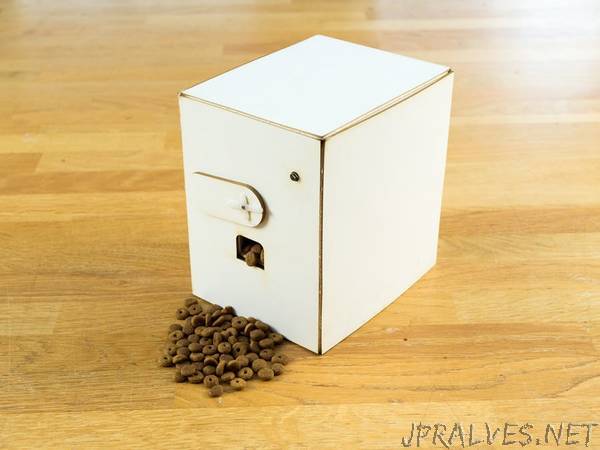
“If you ever tried to train a cat, you know how hard it is. Cats are their own masters, but now you have the chance to let the cats do your bidding using this IoT-enabled device.
Welcome to Pavlov’s Cat Experiment!
In this project, you will learn how to teach the cat a valuable lesson of when it is dinner time (and when it isn’t) using nothing but the components in the MKR IoT Bundle and some cardboard.
And we all know that cats already love cardboard boxes!
Every time the cat hears a certain melody, it receive food. A light sensor detects the presence of a cat. Another melody does nothing. See how this will work?
You will be able to monitor your cat’s progression over time, and set the food dispensing rate from your phone. Once you have reached satisfying statistics, it is time to repurpose the sensor into a wearable. Your cat should from then on follow you if you make that beeping sound.
Disclaimer: No cats were hurt in the development of this experiment. Also, no guarantee that the cat will eat the food, but you get the picture, right?
In a Nutshell
You will be able to build your own food dispenser by following these simple step-by-step instructions. The dispenser is basically just some cardboard and a servo motor with some added Arduino magic.
Using a messaging service called Telegram, you can set the amount of food to be dispensed and trigger the melodies played with the buzzer.
A light sensor is used to detect if the cat reacted to the melody and got to the food.
Pro Tip: You can host a webpage on the MKR1000 and display the collected data in a handy table.”
